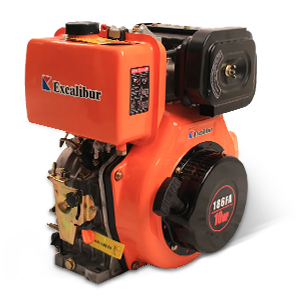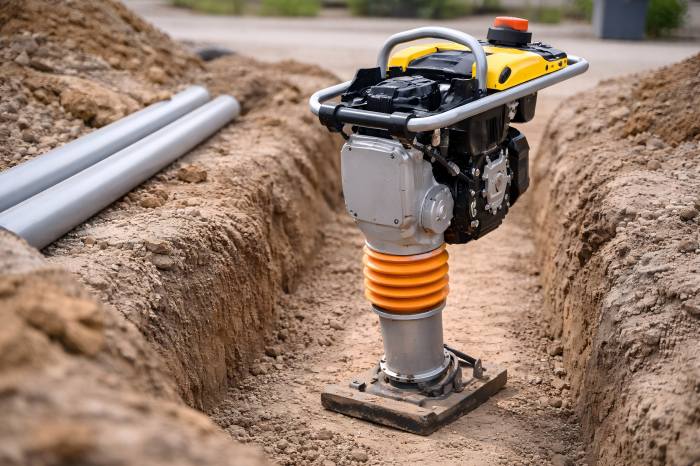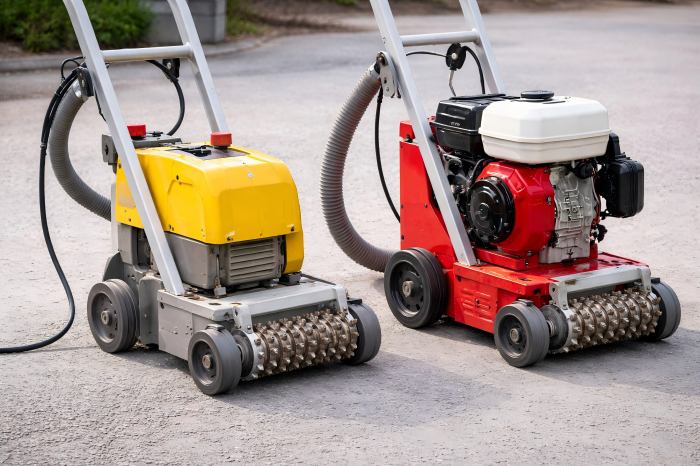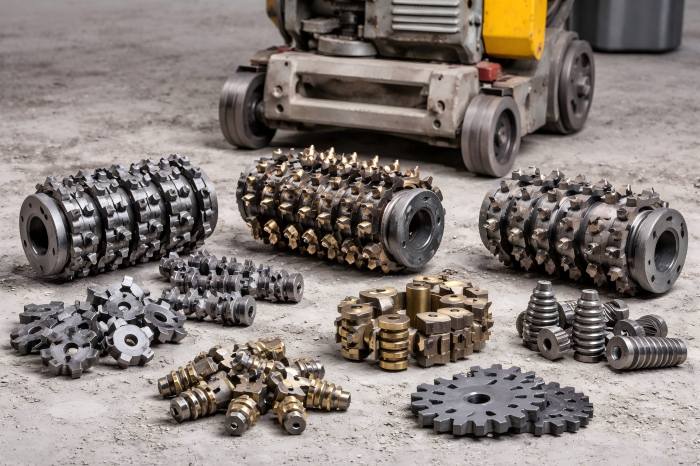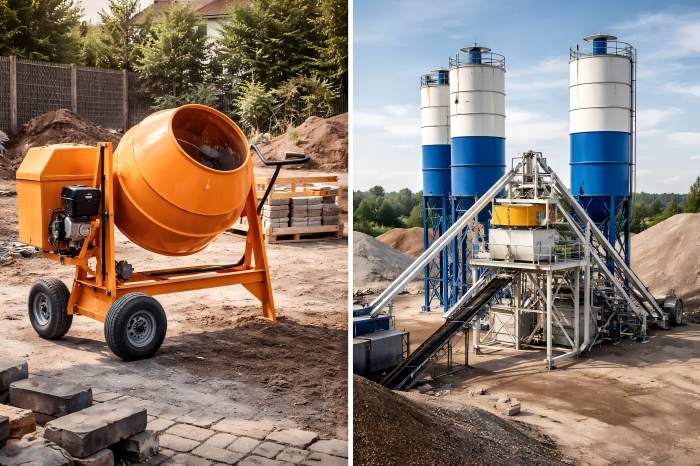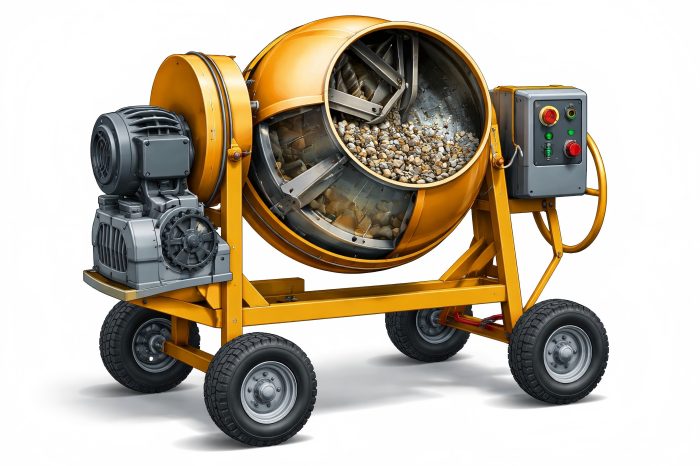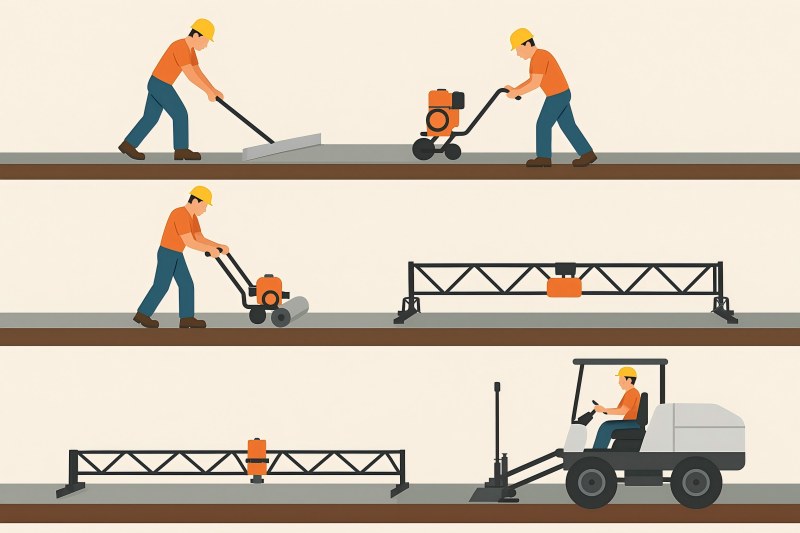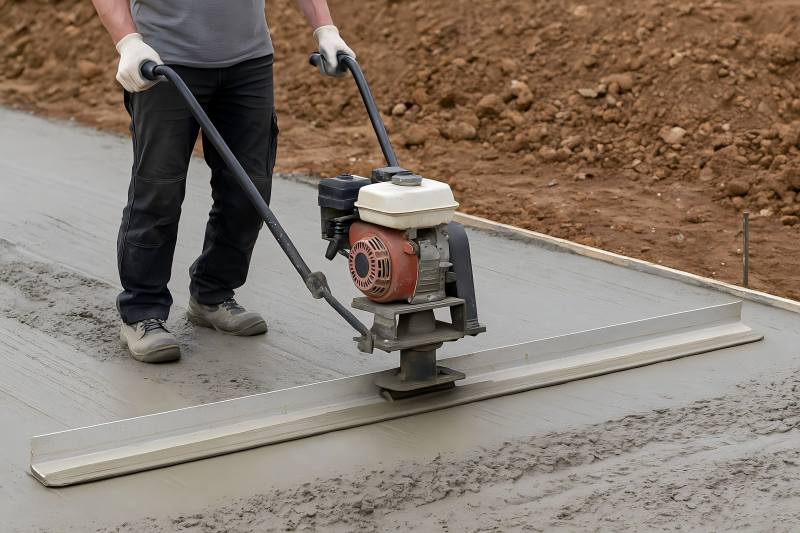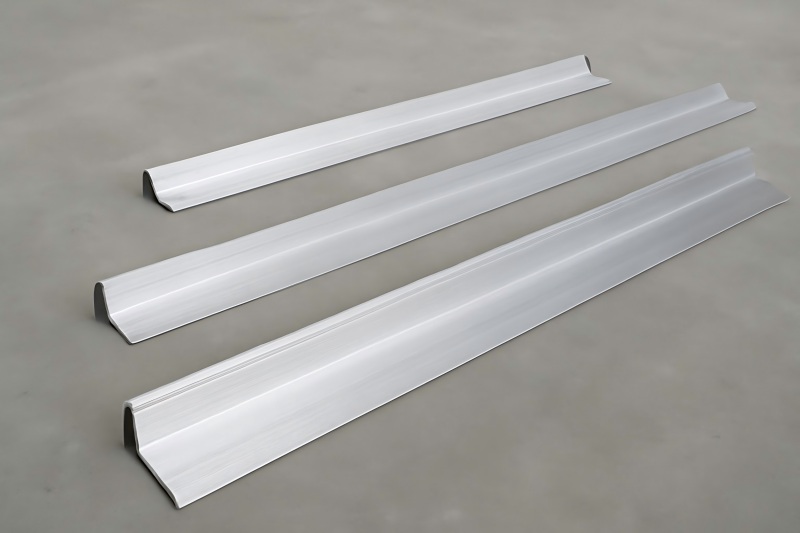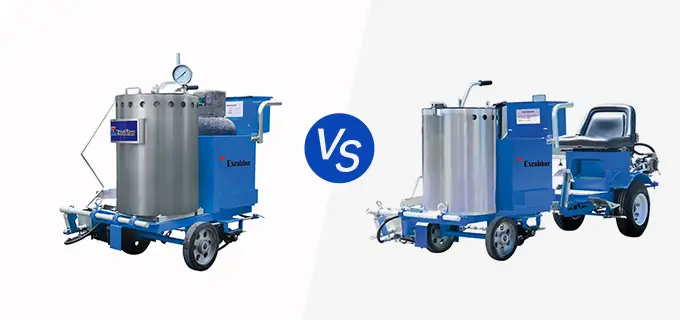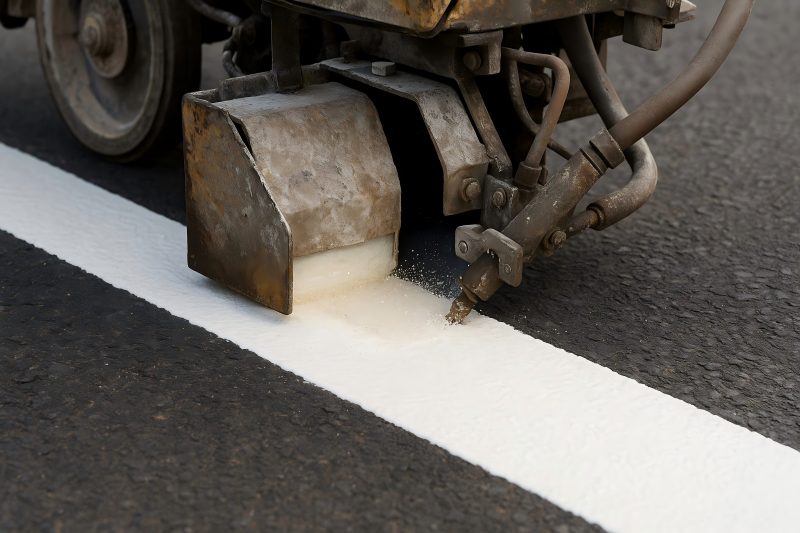The Benefits of Using a Tamping Rammer for Soil Compaction in Trenching Projects
In construction projects, soil compaction is critical to ensure that the ground beneath foundations or utilities is firm and stable. For trenching projects, where digging narrow trenches to lay pipes, cables, or other infrastructure is common, effective soil compaction is essential to prevent future settling or shifting. A tamping rammer, also known as a jumping jack, is one of the most commonly used tools for achieving efficient compaction in confined spaces, particularly in trenching. Tamping rammers are used to compact soil and granular materials to achieve optimal density, preventing uneven settling, which can lead to cracks, subsidence, or other structural problems. Understanding the benefits and proper usage of a tamping rammer can lead to better project outcomes, including higher efficiency, reduced labor costs, and enhanced safety. What Is a Tamping Rammer? A tamping rammer is a vibratory tool for compacting granular materials.It features a heavy rammer foot that strikes the ground with high frequency to compact the soil beneath it. These machines are widely used in trenching applications, where the soil needs to be compacted quickly and effectively, especially in narrow and confined spaces. Key Features of a Tamping Rammer: Compact and Portable: Compact and maneuverable for confined areas. Powerful Impact Force: Delivers high-impact force to efficiently compact soil. Adjustable Impact Frequency: Some models allow you to adjust the frequency of impact to suit different soil types. How Does a Tamping Rammer Work? A tamping rammer works through a combination of vertical vibration and impact force. The machine is equipped with a heavy foot or plate that impacts the soil with a constant rhythm, striking the ground at high frequency. As the foot hits the soil, it exerts a force that compacts the soil particles and reduces air voids, thus increasing soil density. The machine is typically powered by either gasoline or diesel engines, although electric versions are also available. The frequency of impact and the weight of the foot can be adjusted depending on the specific needs of the project, such as the type of soil being compacted and the desired compaction depth. The compacting action of the tamping rammer is highly effective for trenching because it is able to compact the soil in layers, ensuring that even in narrow trenches, the soil density is optimized and the surface is uniformly compacted. Benefits of Using a Tamping Rammer for Soil Compaction Enhanced Soil Stability Using a tamping rammer ensures better soil stability, minimizing settling or shifting risks that could cause long-term damage. By compacting the soil to the right density, tamping rammers help to create a solid foundation that will support utilities, pipes, or other infrastructure placed within the trench. Improved soil stability also contributes to the longevity of the project. For example, in projects where trenches are dug for pipe installation, compacted soil reduces the chances of pipe misalignment or structural failures due to shifting soil. High Compaction Efficiency Tamping rammers are designed for high compaction efficiency, meaning they can compact soil rapidly and effectively. This is crucial for projects requiring fast completion and efficiency. The fast impact frequency and the high compaction force delivered by tamping rammers allow them to compress large volumes of soil in a short period of time, significantly reducing project completion time. Compared to hand-operated methods or manual tools, tamping rammers require less labor and result in more uniform compaction, making them more efficient for larger-scale trenching jobs. Improved Safety Using a tamping rammer improves safety on job sites. The heavy-duty machine helps to eliminate the need for workers to use hand tools like manual compactors or sledgehammers, which can lead to repetitive strain injuries or fatigue. The tamping rammer minimizes physical strain, reducing injury risk. Additionally, tamping rammers are designed with safety features, including handles that are easy to grip, reducing the risk of the operator losing control of the machine. Their compact size also makes them easier to maneuver around obstacles in trenching projects, reducing the risk of accidents or damage. Suitable for Narrow Trenches Trenching projects often require work in narrow or confined spaces where larger compaction equipment cannot be used. Tamping rammers are perfectly suited for such situations because of their compact size and ability to efficiently compact soil in limited space. This makes tamping rammers ideal for use in urban environments, pipe installation, and any project requiring deep trenching where the available space is limited. Types of Tamping Rammers Tamping rammers come in different sizes, engine types, and designs. Some of the key variations include: Gasoline-Powered Tamping Rammers: These are the most common type and are known for their portability and flexibility. They are commonly used in trenching and perfect for medium projects. Diesel-Powered Tamping Rammers: Diesel tamping rammers offer higher power and performance, making them suitable for larger-scale projects or tougher soil conditions. Electric Tamping Rammers: These are quieter and more environmentally friendly options that are typically used for indoor or urban projects, where emissions and noise are concerns. Tamping Rammer vs. Other Compaction Methods When compared to other soil compaction methods, such as plate compactors or vibratory rollers, tamping rammers have certain distinct advantages. Feature Tamping Rammer Plate Compactor Vibratory Roller Compaction Depth Ideal for deep and confined spaces Best for shallow compaction Best for large, open areas Portability Lightweight and portable Lightweight and portable Less portable, heavier equipment Effectiveness in Trenches Excellent for narrow spaces Less effective in confined areas Not suitable for narrow trenches Power Source Gasoline, Diesel, Electric Gasoline, Electric Diesel or Electric Suitability for Tough Soil Suitable for compacting tough soils Less effective in dense soil Effective for large, uniform areas Factors to Consider When Choosing a Tamping Rammer Consider these factors when choosing a tamping rammer for trenching: Soil Type: Different tamping rammers are better suited to specific soil types. Choose a machine that can handle the density and granularity of the soil at your work site. Project Scale: For larger projects, a more powerful tamping rammer may be needed to ensure efficient compaction. Space Constraints: Ensure the tamping rammer fits the trench size and can maneuver easily in confined spaces. Power Source: Consider whether an electric, gasoline, or

